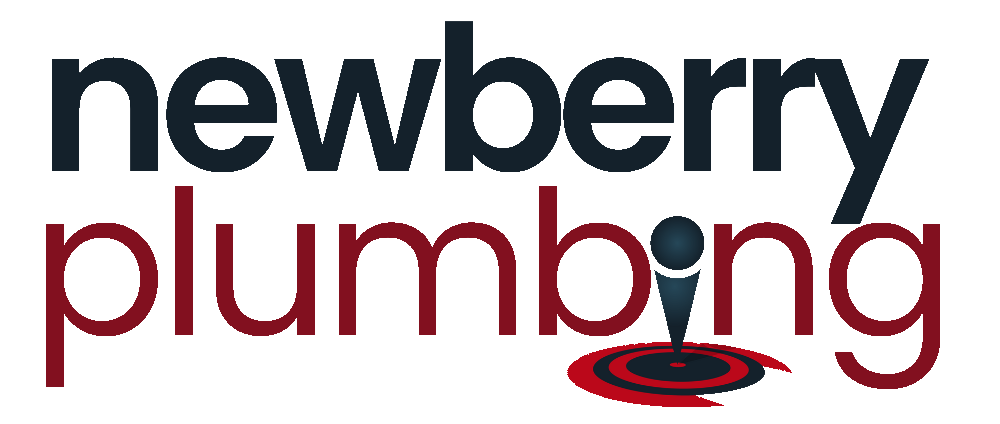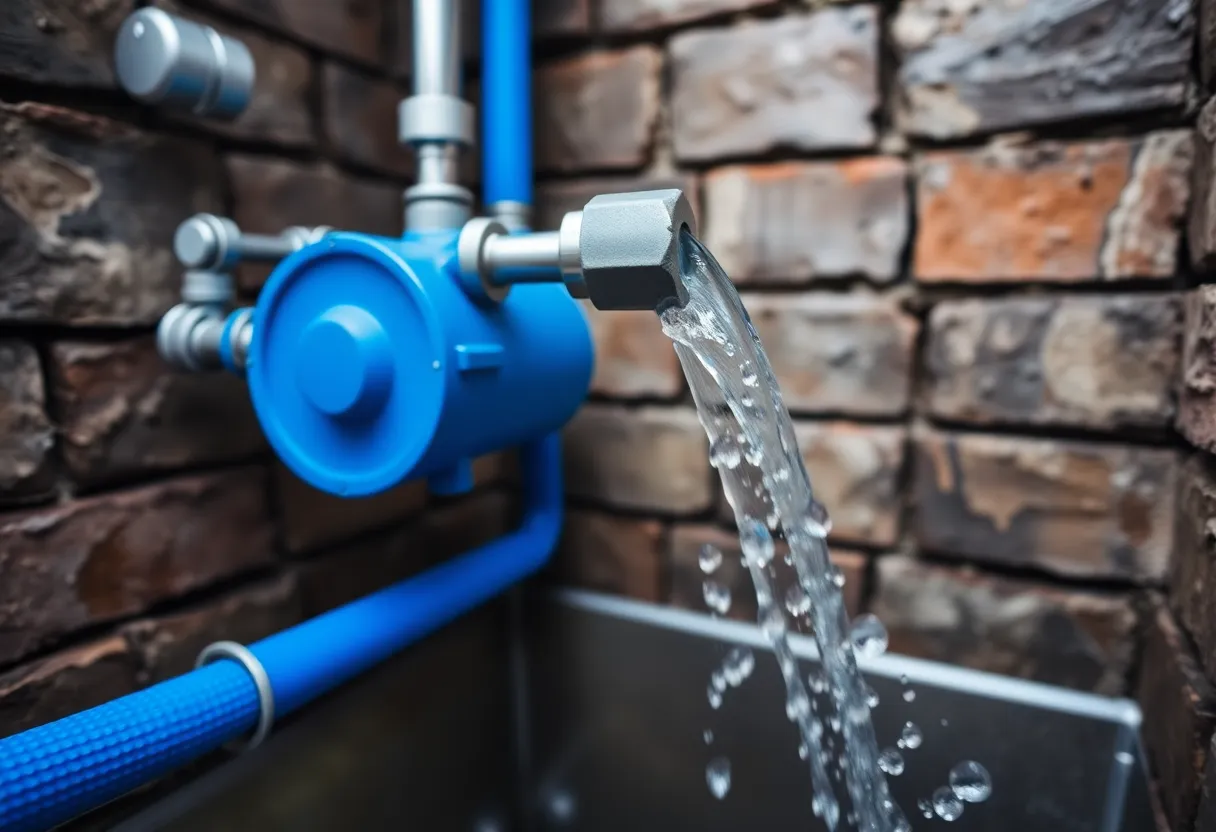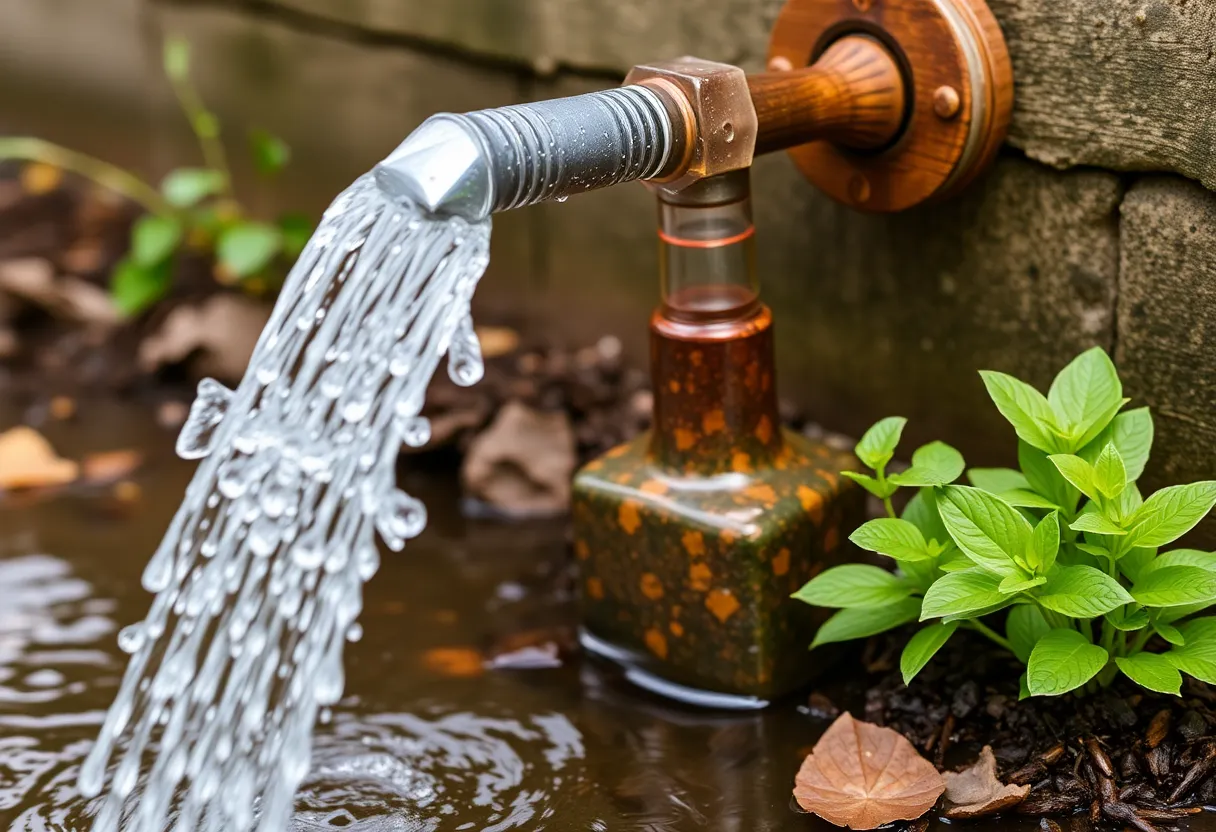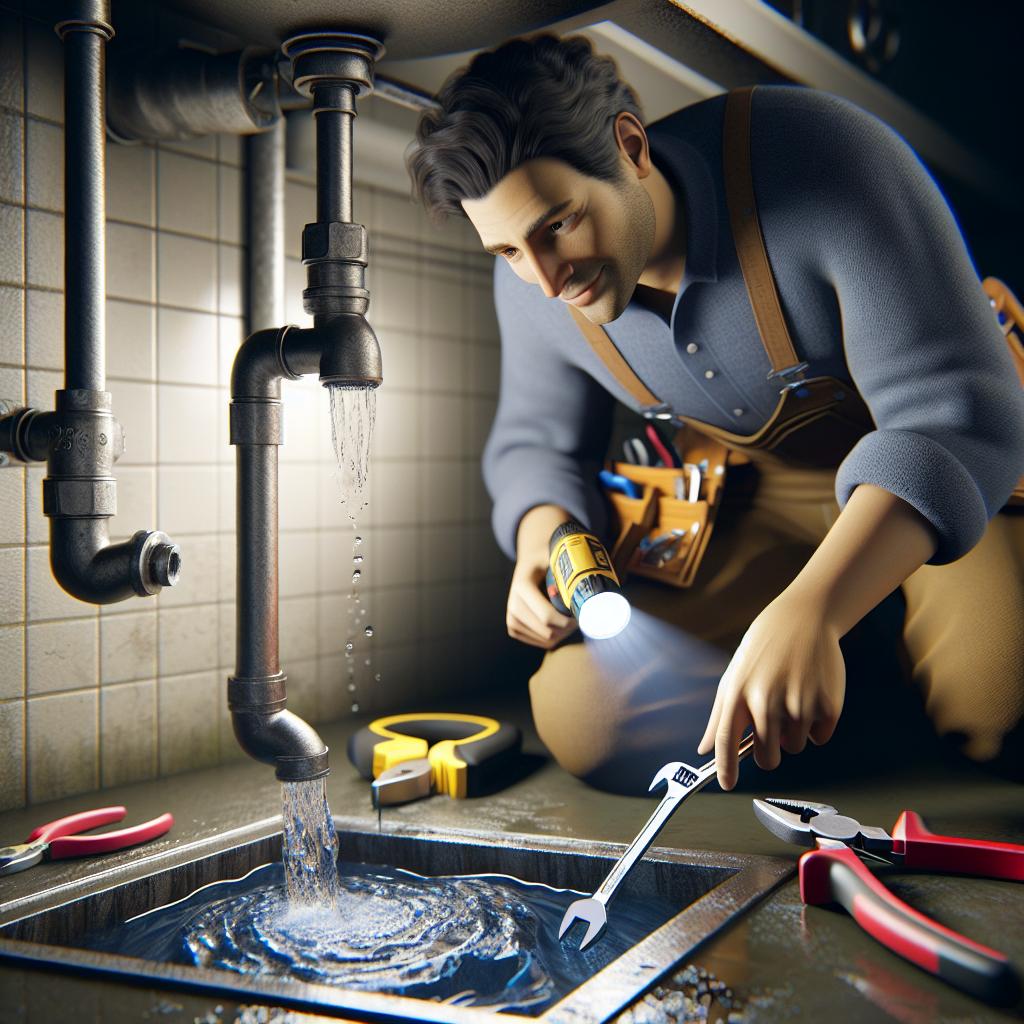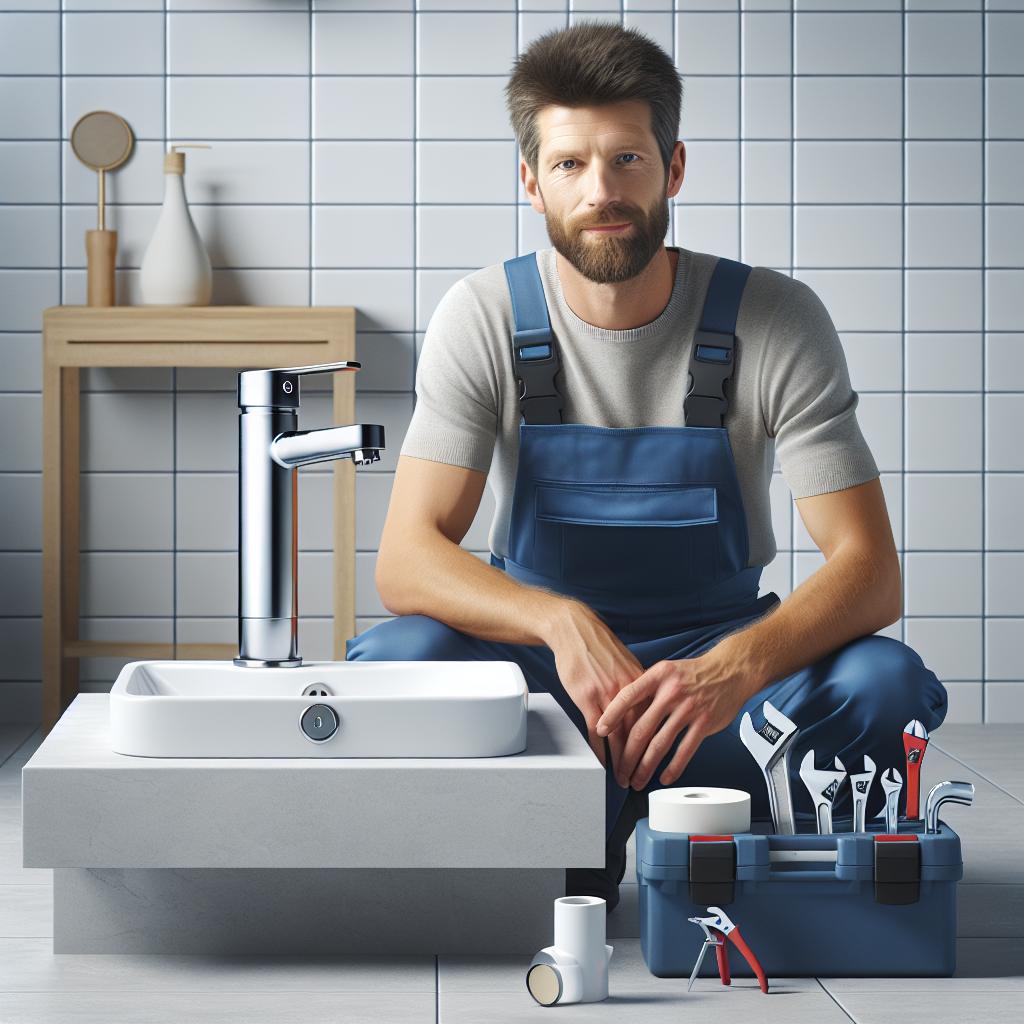The Plumbing Playbook: 10 Innovative Strategies to Boost Your Home’s Water Efficiency Now
As the world increasingly embraces sustainability, homeowners are presented with both challenges and opportunities to improve their living spaces. One area where many can make a substantial impact is water efficiency. Not only does conserving water benefit the planet, but it also significantly reduces utility bills. Below, we dive into innovative strategies that you can implement now to boost your home’s water efficiency.
1. Install Low-Flow Fixtures
One of the simplest and most effective strategies for increasing water efficiency is to replace standard fixtures with low-flow options. Low-flow faucets, showerheads, and toilets can significantly decrease water usage without sacrificing performance. For instance, a low-flow showerhead can reduce water consumption from 2.5 gallons per minute to just 1.8 gallons without compromising your shower experience.
Why Low-Flow Fixtures Matter
Low-flow fixtures not only help conserve water but can also lower your heating bill since less hot water is used. Furthermore, many local governments offer incentives for installing these energy-efficient fixtures, making them a wise investment both environmentally and financially.
2. Conduct a Home Water Audit
The first step to improving your home’s water efficiency is understanding your current usage. A home water audit can help identify leaks and areas where water is wasted. You can either perform this audit yourself or hire a professional to analyze your consumption patterns.
Identifying Leaks
Check your toilets, faucets, and irrigation systems for leaks. Even a small leak can lead to *unseen water loss*, which adds up quickly over time. Keep an eye out for unusually high water bills; they can be indicative of an underlying problem.
3. Invest in Smart Technology
With the rise of smart home technology, you can now automate and monitor your water usage more effectively. Smart irrigation systems, water sensors, and even smart water meters can provide real-time data about your water consumption and potential leaks.
The Benefits of Smart Technology
These tools can help tailor your water usage to your actual needs, ensuring you’re not over-watering your lawn or running your sprinklers without need. Moreover, many smart devices come equipped with mobile apps that alert you directly to anomalies in water usage.
4. Use Rain Barrels and Greywater Systems
Collecting rainwater is an innovative strategy that not only conserves water but also reduces runoff. Setting up rain barrels allows you to store rainwater, which you can then use for irrigation or washing cars.
Understanding Greywater Systems
Additionally, consider installing a greywater system. This system reuses water from your sinks, showers, and washing machines for non-potable purposes like toilet flushing or landscape irrigation. While the installation may have an upfront cost, it pays off in water savings in the long run.
5. Choose Native and Drought-Resistant Plants
If you’re looking to enhance your landscape’s water efficiency, consider planting native and drought-resistant plants. These plant species are adapted to the local climate and typically require less water over their lifespan.
Benefits of Native Plants
By choosing these plants, you can create a beautiful landscape while significantly reducing your irrigation needs. Furthermore, native plants support local wildlife and are generally easier to maintain, leading to even more water savings.
6. Optimize Your Irrigation System
Sometimes, the issue with water waste lies in the irrigation system itself. Ensure that your irrigation system is optimized by scheduling your watering during the cooler parts of the day, such as early morning or late evening. This reduces evaporation and allows more water to reach the roots of your plants.
Upgrade to Drip Irrigation
Consider upgrading your sprinkler systems to drip irrigation. This method delivers water directly to the root zone, minimizing waste and promoting efficient use of water. Drip systems can reduce water waste by as much as 50% compared to traditional sprinkler systems.
7. Adjust Your Water Heater Settings
Your water heater can also be a significant source of water waste. By lowering the temperature of your water heater to approximately 120°F, you can not only save energy but also reduce water usage as you’ll require less hot water for tasks such as showers and washing dishes.
Insulating Your Hot Water Pipes
Additionally, consider insulating your hot water pipes. This will keep the water hotter for longer periods, preventing you from running the tap waiting for hot water to arrive, thus saving both time and water.
8. Use a Broom Instead of a Hose
When it comes to cleaning your outdoor areas, using a broom rather than a hose can save significant amounts of water. Sweeping sidewalks, driveways, and patios keeps your outdoor areas clean without wasting water.
Explore Alternatives for Washing Cars
When washing your car, consider using a bucket and sponge instead of a running hose. You can save a surprising amount of water by only using what you need. Additionally, consider visiting a commercial car wash that recycles its water, further ensuring efficient water usage.
9. Embrace Water-Efficient Appliances
When upgrading appliances such as dishwashers and washing machines, opt for water-efficient models. These appliances use advanced technology to minimize water consumption while delivering superior performance.
Research Efficiency Ratings
Look for models with high Energy Star ratings or specific certifications that indicate excellent water efficiency. The initial investment can be higher, but the long-term savings on your water bill will often justify the upfront cost.
10. Educate Your Family
Finally, one of the most effective strategies for boosting water efficiency in your home is to educate your family members about their water usage. Awareness is key in instilling habits that lead to water conservation. Encourage everyone, from children to adults, to turn off taps when not in use and to be mindful of their water consumption.
Creating a Water-Saving Culture
By creating a culture of conservation, you can make a lasting impact in your household. Host family discussions about the importance of water and set achievable goals together to reduce consumption.
Conclusion
Implementing these innovative strategies can dramatically improve your home’s water efficiency. From installing low-flow fixtures to educating your family, every step you take contributes to a more sustainable and financially friendly home. With a little effort and the right tools, you can enjoy a water-efficient lifestyle that benefits both your wallet and the planet.
FAQs
What are low-flow fixtures and why should I install them?
Low-flow fixtures are water-saving devices such as faucets, showerheads, and toilets designed to reduce water usage. They help conserve water and lower utility bills without sacrificing performance.
What is a home water audit and how do I conduct one?
A home water audit is an assessment of your water usage to identify leaks and areas of waste. You can perform this audit by inspecting your fixtures and checking for leaks or can hire a professional service to help.
How can smart technology improve my water efficiency?
Smart technology can help automate your water usage through tools like smart irrigation systems and water sensors, offering real-time data and notifications about your water consumption and potential leaks.
What are rain barrels and how can they be beneficial?
Rain barrels are containers designed to collect rainwater for later use, such as irrigation or car washing. They help reduce water consumption and mitigate stormwater runoff.
Why should I choose native and drought-resistant plants for landscaping?
Native and drought-resistant plants require less water to thrive, making them an excellent choice for water-efficient landscaping. They also benefit local ecosystems and usually require less maintenance.
How can I optimize my irrigation system?
To optimize your irrigation system, schedule watering during cooler parts of the day and consider upgrading to drip irrigation, which delivers water directly to plant roots and minimizes waste.
What temperature should I set my water heater to for efficiency?
Setting your water heater to approximately 120°F can save energy and reduce water usage, as you won’t have to run the tap while waiting for hot water.
What are the benefits of using a broom instead of a hose for outdoor cleaning?
Using a broom saves considerable amounts of water by eliminating the need to wash outdoor areas with a hose, making it a more water-efficient cleaning method.
How do water-efficient appliances save water?
Water-efficient appliances are designed to use less water without sacrificing performance. They often utilize advanced technology to minimize water consumption, which saves money on utility bills over time.
Why is educating family members about water usage important?
Educating family members about water usage creates awareness and promotes habits that lead to conservation, fostering a culture of saving water in your household.
